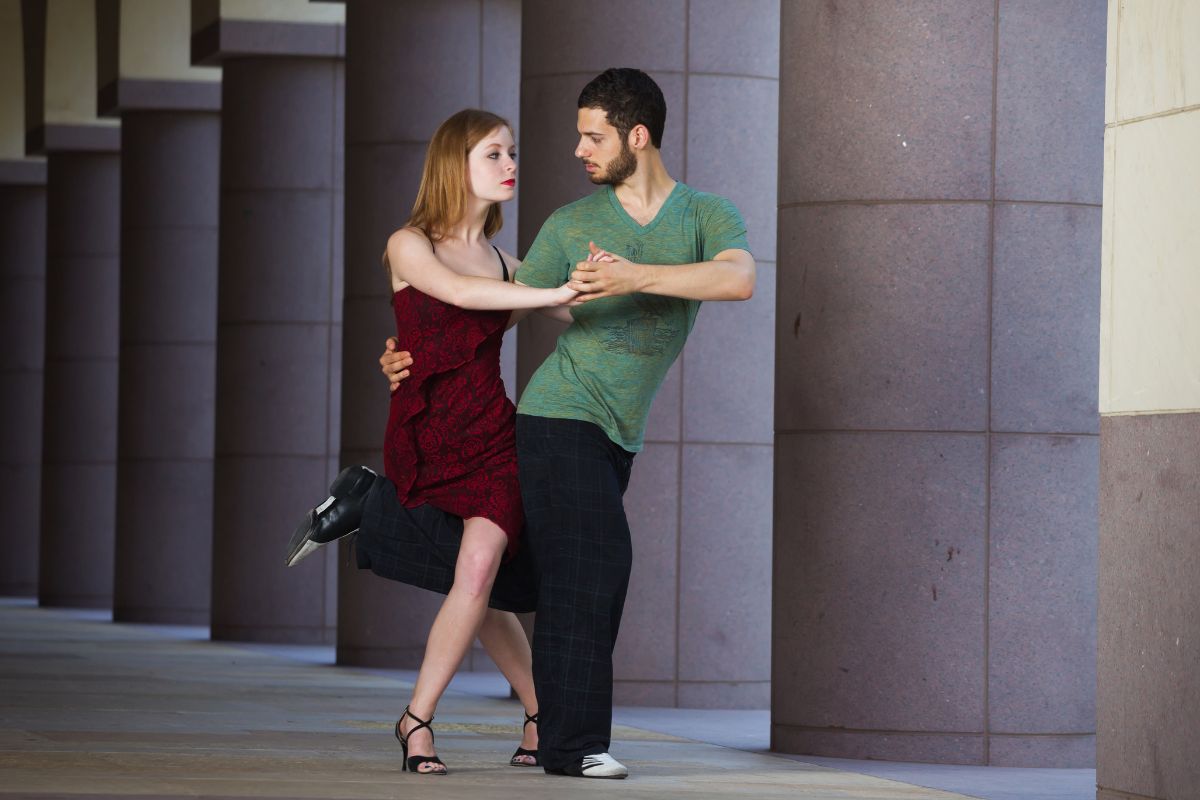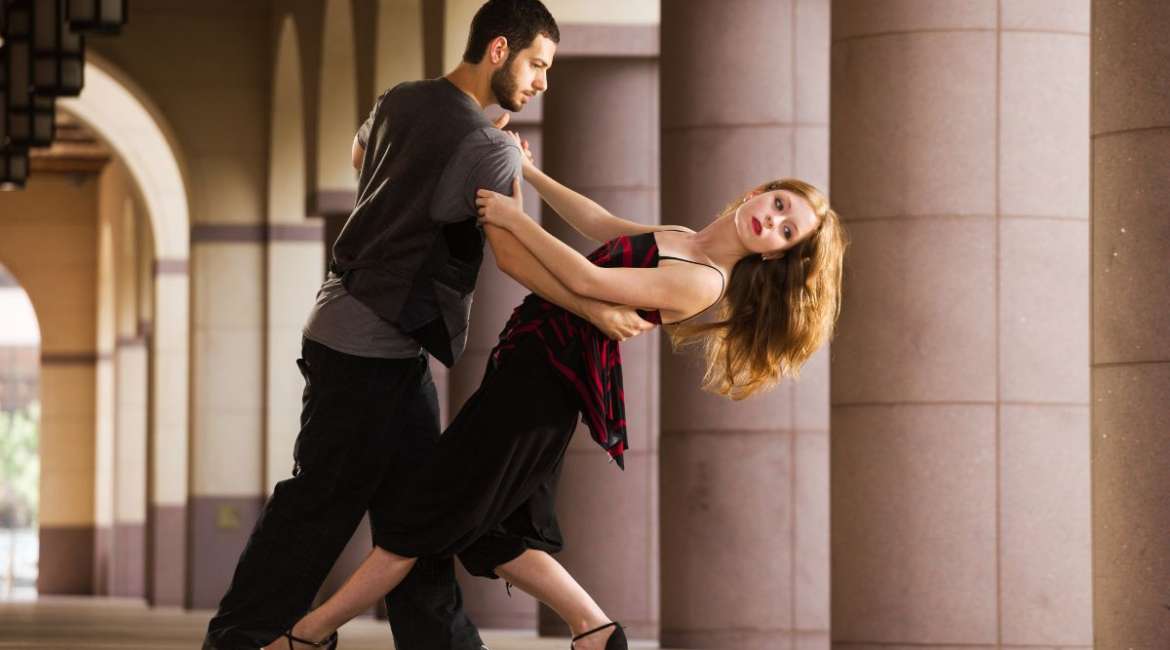If you’ve ever heard the term “Argentine dance,” you might be curious about what this captivating dance style entails. What exactly is it? What are its origins? Is it easy to learn and enjoyable to perform? In this article, we will delve into the fascinating world of Argentine dance, its history, its various forms, and what makes it a beloved art form both in Argentina and around the world.
Understanding Argentine Dance
What is Argentine dance? Argentine dance is a vibrant and expressive dance style that encompasses a variety of traditional and modern forms. Most notably, it includes the iconic Argentine Tango, which has gained immense popularity not only in Argentina but also across the globe. This dance form is characterized by its passionate movements and intricate footwork, reflecting the rich cultural tapestry of Argentina.
The essence of Argentine dance lies in its ability to convey emotion and tell a story through movement. Each dance has its unique style and rhythm, allowing dancers to express themselves in different ways. Whether performed socially or competitively, Argentine dance is celebrated for its ability to bring people together and foster connection.
Historical Roots of Argentine Dance
The history of Argentine dance is as rich and diverse as the country itself. It has evolved over the years, influenced by various cultural traditions and social contexts. The roots of Argentine dance can be traced back to the late 19th century in Buenos Aires, where immigrant communities brought their own dance styles and music, merging them into a unique cultural phenomenon.
The Birth of the Tango
The most famous of all Argentine dances is undoubtedly the Argentine Tango. Emerging in the late 1800s, the Tango was born in the working-class neighborhoods of Buenos Aires, where European immigrants and Afro-Argentinians mingled. Initially viewed as a dance of the marginalized, the Tango gradually gained acceptance and evolved into a symbol of Argentine culture.
Unlike the ballroom tango that we see today, the original Argentine Tango is characterized by its intimate nature and improvisational style. Dancers often remain close to each other, expressing deep emotions through their movements. The music of the Argentine Tango, which combines elements of African rhythms, European melodies, and local folk styles, further enhances the dance’s emotional depth.

Key Characteristics of Argentine Tango
Understanding the key characteristics of Argentine Tango is essential to appreciating its beauty. Unlike ballroom tango, which follows a specific step pattern, Argentine Tango is more fluid and relies heavily on improvisation. Dancers often create their own sequences, responding to the music and their partner’s movements in real-time. This spontaneity makes each performance unique and captivating.
The Connection Between Dancers
One of the defining features of Argentine Tango is the close connection between partners. Dancers often embrace in a way that allows them to maintain contact and communication throughout the dance. This intimacy is not just physical; it also involves an emotional connection, as dancers must be attuned to each other’s movements and intentions.
The Musicality of Argentine Tango
Argentine Tango is heavily influenced by its music. The rhythm and melody of the music dictate the movements of the dancers. While ballroom tango dancers often adhere to a specific beat, Argentine Tango dancers interpret the music more freely, allowing them to express their emotions through nuanced movements. This connection to music is what makes Argentine Tango particularly expressive and captivating.
Comparing Argentine Tango to Ballroom Tango
When comparing Argentine Tango to ballroom tango, several distinctions become apparent. While both styles share a common heritage, they have evolved into two distinct forms of dance. Here are some of the key differences:
Step Patterns
In ballroom tango, dancers follow a defined eight-count step pattern: slow, slow, quick, quick, slow. This structured approach contrasts with the Argentine Tango, which does not adhere to a specific step sequence. Instead, dancers have the freedom to explore their movements, resulting in a more organic and fluid dance style.
Dance Space
Ballroom tango typically involves more space between dancers, allowing for broader movements and flourishes. In contrast, Argentine Tango is characterized by its close embrace, where partners remain in close proximity, allowing for more intimate and intricate movements.
Body Movements
The upper body movements in ballroom tango are often more pronounced, with head snaps and larger gestures. Argentine Tango, however, tends to focus on movements below the waist, emphasizing footwork and subtle shifts in weight. This difference contributes to the unique character of each dance style.
Complexity of Steps
While both dance styles have their challenges, Argentine Tango features more complex steps such as calesitas, planeos, barridas, and volcadas. These intricate movements can be daunting for beginners, but experienced dancers often find them rewarding to learn and execute. In contrast, ballroom tango tends to focus on a more straightforward approach, making it more accessible for newcomers.
Other Forms of Argentine Dance
While the Argentine Tango is the most renowned form of Argentine dance, it is far from the only one. Argentina boasts a rich variety of traditional dances that reflect the country’s cultural diversity. Here are a few other popular forms of Argentine dance:
Chamamé
Chamamé is a folk dance that originated in the northeastern provinces of Argentina, particularly in Corrientes and Entre Ríos. This lively dance is characterized by its upbeat tempo and is often performed in a close embrace, similar to the Argentine Tango. Chamamé dancers typically express joy and celebration through their movements, making it a popular choice for social gatherings and festivals.
Cuarteto
Cuarteto is another popular Argentine dance, particularly in the central region of Córdoba. This upbeat dance style is typically performed in large circles, with dancers moving counter-clockwise to the rhythm of the music. Cuarteto music is lively and infectious, making it a favorite at parties and celebrations. The dance itself is energetic and fun, often incorporating playful movements and spins.
Zamba
Zamba is a traditional Argentine dance with roots in folk music. Unlike the close embrace of the Tango, Zamba dancers maintain a distance, using handkerchiefs as props to enhance their movements. The dance is characterized by its graceful and fluid movements, often telling a story of love or courtship. Zamba is commonly performed during cultural festivals and celebrations, showcasing the rich heritage of Argentine dance.
Milonga
Milonga is both a style of music and a type of dance that predates the Argentine Tango. The dance is known for its faster tempo and playful steps, making it a lively and energetic dance form. Milonga is often characterized by its improvisational nature, with dancers expressing themselves through spontaneous movements. It is commonly danced in social settings and is an integral part of the tango community.

Learning Argentine Dance
Many people wonder if they can learn Argentine dance on their own. While it is possible to pick up some basic steps through online tutorials and videos, the most effective way to learn is through classes or workshops with experienced instructors. Here are some tips for getting started on your Argentine dance journey:
Finding a Dance Class
Look for local dance studios that offer Argentine Tango or other Argentine dance classes. Many studios have experienced instructors who can guide you through the basics and help you develop your skills. Group classes are a great way to meet fellow dancers and practice in a supportive environment.
Practicing at Home
If you’re unable to attend regular classes, consider practicing at home. Utilize online resources, such as instructional videos or dance apps, to learn new steps and techniques. Set aside dedicated time each week to practice your movements and work on your technique.
Attending Social Dances
Social dance events are an excellent opportunity to practice your skills in a real-world setting. Look for tango milongas or other Argentine dance events in your area, where you can dance with others and apply what you’ve learned in class. Engaging with the dance community can enhance your learning experience and provide valuable feedback.
Partnering Up
Having a partner can significantly improve your learning experience in Argentine dance. Whether it’s a friend, family member, or significant other, practicing with a partner allows you to develop lead-and-follow techniques essential for the Argentine Tango and other dances. If you don’t have a partner, many classes welcome solo dancers and can help match you with a partner during practice.
The Cultural Significance of Argentine Dance
Argentine dance is more than just a form of entertainment; it is a vital part of the country’s cultural identity. It reflects the emotions, struggles, and triumphs of the Argentine people. The Tango, in particular, has become a symbol of Argentine culture, recognized worldwide for its passion and depth.
A Reflection of Society
Argentine dance often mirrors the social and political landscape of the country. The evolution of the Tango, from its humble beginnings in the streets of Buenos Aires to its current status as a global phenomenon, reflects Argentina’s complex history of immigration, cultural exchange, and social change. The dance serves as a powerful reminder of the resilience and creativity of the Argentine people.
Dance as a Form of Expression
For many Argentinians, dance is a form of expression that transcends words. Through movement, dancers convey their emotions, experiences, and stories. Argentine dance allows individuals to connect with their cultural heritage and share their unique narratives with others. This connection to culture and identity is what makes Argentine dance so meaningful and impactful.
Conclusion
In conclusion, Argentine dance is a captivating and multifaceted art form that embodies the spirit of Argentina. From the passionate movements of the Argentine Tango to the lively rhythms of Chamamé and Cuarteto, each dance style tells a unique story and reflects the rich cultural heritage of the country. Whether you’re a beginner looking to learn a new skill or an experienced dancer seeking to deepen your understanding of Argentine dance, there is something for everyone in this vibrant world. Embrace the joy of movement, the connection with others, and the expression of emotions through dance, and you will discover the beauty and allure of Argentine dance for yourself.


Leave a reply